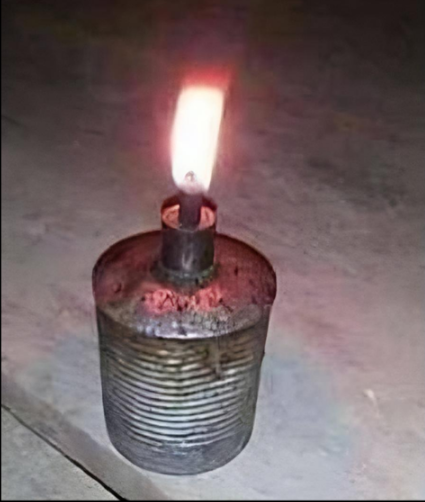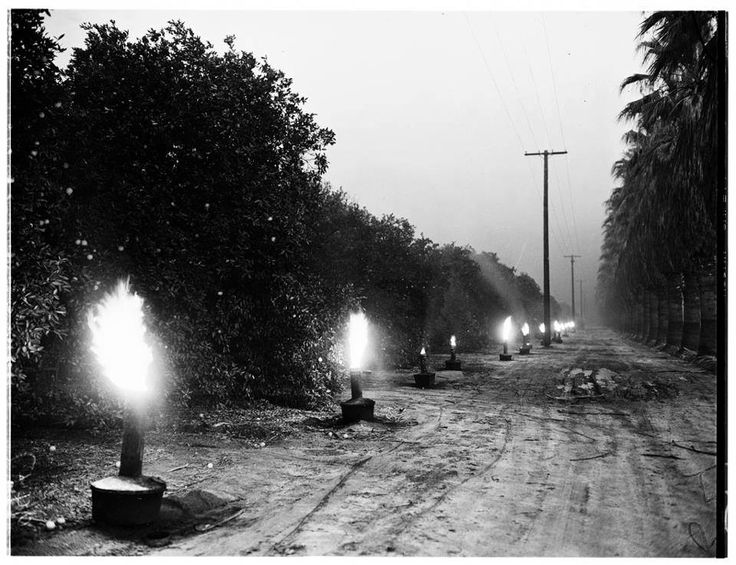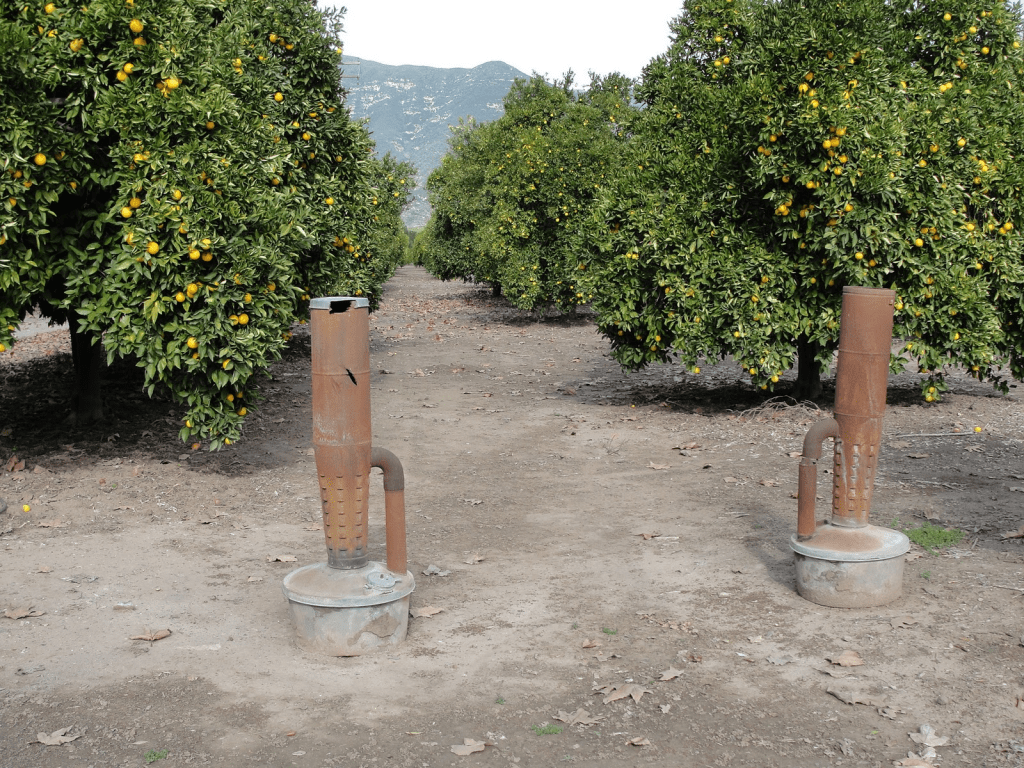Ever heard of a smudge pot? If the term rings a bell, you’re likely no stranger to the simpler, smoke-filled days of the past. These oil-burning devices, once staples in orchards, construction sites, and even wars, have a fascinating history. Let’s dig into the story of smudge pots, their uses, and why they remain a symbol of a bygone era.
What Are Smudge Pots? A Quick Overview

Smudge pots, also known as choofers in Australia, are oil-burning heaters primarily used to prevent frost damage to fruit trees. Their design is straightforward: a round base with a chimney in the center. When lit, they produce heat, smoke, carbon dioxide, and water vapor, creating a protective shield for orchards during cold snaps.
But smudge pots weren’t just for farms—they found their way into construction sites, road safety setups, and even military strategies. If you’ve ever encountered their distinct oily smoke or heard their rhythmic “choofa choofa” sound, you’ve experienced a piece of history.
The Origins: From Frost Protection to Farming Innovation
The story of the smudge pot begins in 1907 with inventor Willis Frederick Charles “W.C.” Scheu. Based in Grand Junction, Colorado, Scheu developed a more effective oil-burning heater for orchards, a necessity after devastating freezes wiped out crops. By 1911, he had founded Scheu Manufacturing Company in Upland, California, producing smudge pots that became essential tools for farmers.
Their popularity soared following the disastrous freeze of 1913, which obliterated Southern California’s citrus crops. Farmers adopted these heaters en masse to protect their livelihoods, and by the mid-20th century, smudge pots were synonymous with orchard care.
How Did They Work? Types and Techniques
Smudge pots were relatively simple but required careful handling. They came in two main designs:
- Single Louvered Stack: This basic model featured a chimney above an oil-filled base.
- Advanced Combustion Design: This taller version included a re-breather feed pipe, improving combustion efficiency and reducing smoke.
Lighting a smudge pot could be a tricky business. In Australia, where they’re affectionately called choofers, the process involved holding a burning rag near the damper to ignite the fuel. Once the pot warmed up, the characteristic “choofa choofa” sound signaled steady burning. However, leaving the damper open too long could result in dramatic (but harmless) smoke-filled “explosions.”
These devices could burn various fuels, from kerosene to used sump oil, making them versatile and cost-effective.
A Multi-Purpose Marvel: Beyond the Orchard
While primarily designed for frost protection, smudge pots found unexpected uses in other areas:
- Construction Sites: Workers relied on smudge pots to provide heat in cold buildings.
- Road Safety: Smaller versions, called highway torches, marked construction zones at night before battery-powered safety lights became common.
- Railroads: In snowy regions, oil-fired switch heaters prevented ice from jamming railroad switches.
- Aviation: Remote airfields without electric runway lights used smudge pots for emergency night landings, acting as makeshift beacons.
Their adaptability made smudge pots indispensable in various industries.
Smudge Pots in War: A Smoky Defense

Smudge pots even had a role in military history. During World War II, they were employed by German, Japanese, and U.S. forces to obscure targets. The thick, oily smoke made it difficult for enemy bombers to locate their objectives. Similarly, during the Vietnam War, North Vietnamese forces used smudge pots to disrupt laser-guided bombs, diffusing the laser beams and reducing their accuracy.
This unexpected application highlighted the smudge pot’s utility beyond civilian life, showcasing its ingenuity in high-stakes scenarios.
Symbolism and Legacy: Smudge Pots in Pop Culture
Though their practical use has waned, smudge pots hold a special place in American nostalgia. In Southern California, they’ve become trophies in high school football rivalries, symbolizing local pride. For instance:
- Bonita vs. San Dimas: These schools compete for a silver-plated smudge pot in the annual varsity football game.
- Redlands Rivalry: Redlands High School and Redlands East Valley High School face off for a blue-and-red smudge pot in the famed “Smudge Bowl.”
These competitions keep the memory of smudge pots alive, connecting generations to a shared cultural heritage.

The Environmental Decline: Why Smudge Pots Faded Away
By the 1970s, smudge pots began to fall out of favor. Rising oil prices and growing environmental concerns over their thick, polluting smoke led to their decline. Farmers turned to cleaner, more efficient frost protection methods, like wind machines and water sprinklers.
Yet, for those who remember the era of smudge pots, their smoky scent and crackling flames evoke powerful memories of a simpler time.
Conclusion: A Smoky Slice of Nostalgia
Smudge pots are more than just oil-burning heaters—they’re symbols of resilience, innovation, and adaptability. From protecting orchards to aiding soldiers, these devices played a vital role in shaping the 20th century. If you recall their smoky trails or rhythmic choofa sounds, chances are your twenties (and perhaps your thirties) are well behind you. And that’s okay—smudge pots remind us of the past, proving that even the simplest inventions can leave a lasting mark.


